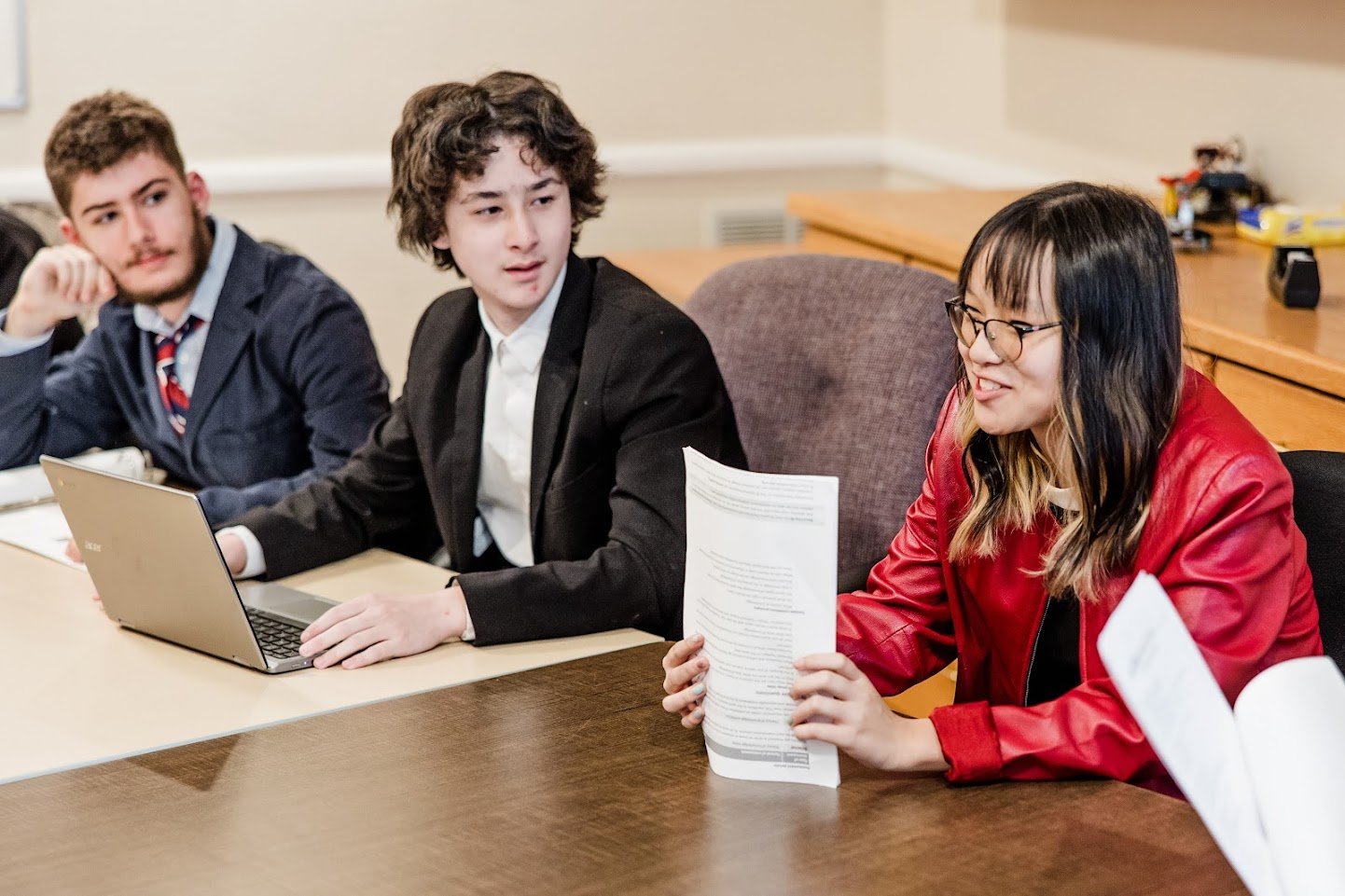What is the Harkness Discussion Method?
In this video, students and faculty at The Hague School explain how the Harkness Discussion Method works to develop students' soft skills and increase their engagement and retention of information.
The Harkness Discussion method of teaching was developed at Phillips Exeter Academy in New Hampshire in the late 1920s in response to a large gift by Edward Harkness, the son of an oil baron whose 1920s wealth was exceeded only by Rockefeller. His gifts to education were prolific, specific, and sometimes conditional: When contacted by an Exeter alumnus with a request for funding of better dorms and facilities at Exeter, Mr. Harkness made his gift conditional upon his vision “of students sitting around a single table, where a teacher taught by listening and talking to them,” with student-led discussion replacing didactic recitation by the instructor.

In the Harkness Discussion method, there are no rows of desks – all students sit at the table. All students engage, all students participate.
Learning is collaborative. Seated around the large, oval conference table, students share their thoughts and explore ideas from a pre-assigned reading or other piece of content. Students are encouraged to support their claims with evidence. Speaking as they see fit rather than waiting to be called on by the teacher, students work together to solve problems and uncover truths.
At a time when people often speak first and think later, the Harkness Discussion method relies on the power of listening—actively, critically, and empathetically. In addition to opening the mind to divergent point of views and possibilities, understanding how to listen prepares Harkness students to lead more effectively in college and in their professional lives



